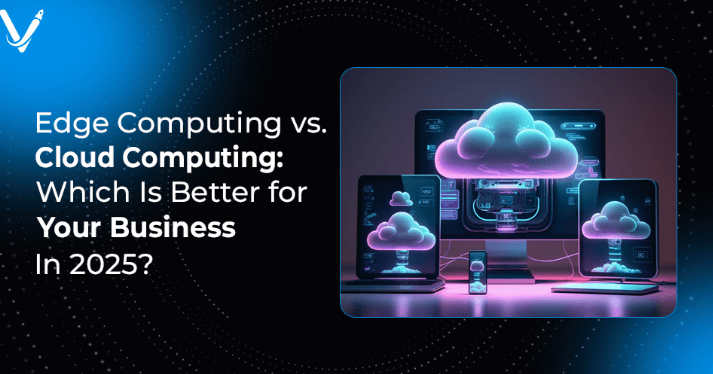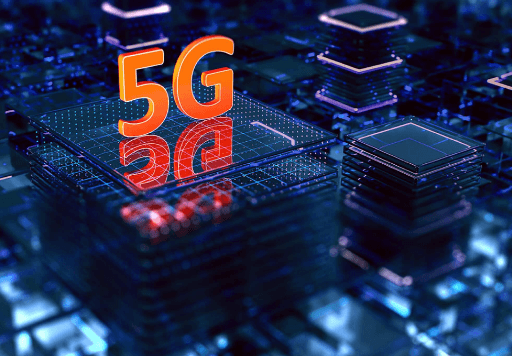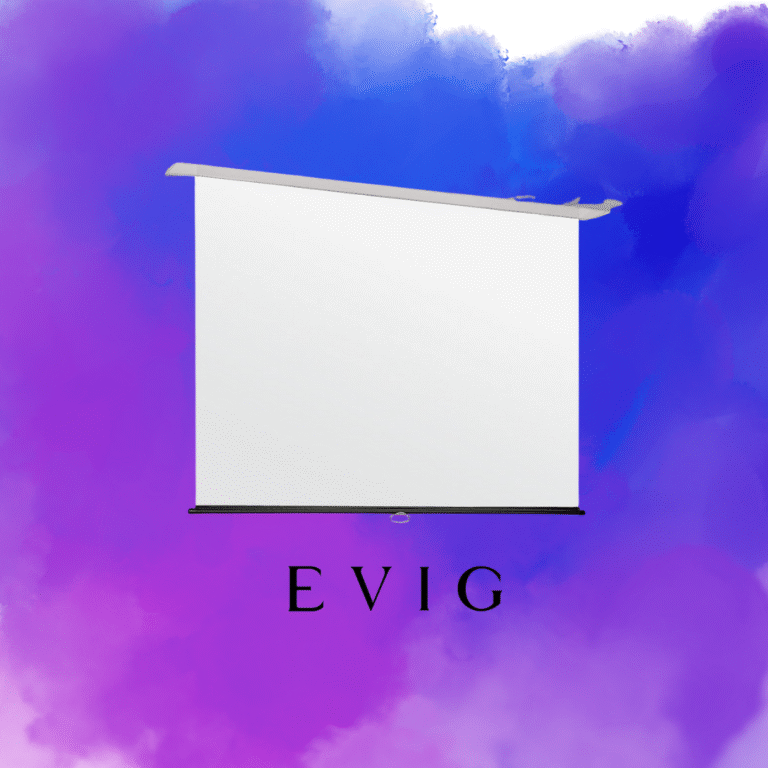Cloud vs. Edge Computing: Which One Is Better for Your Business?
Deciding between cloud and edge computing frameworks requires a nuanced understanding of their respective architectures, benefits, and limitations. Cloud solutions offer centralized scalability and extensive data processing capabilities, but may suffer from latency issues. Edge computing enables real-time insights by processing data close to sources, yet introduces complexity in security management. Evaluating operational priorities and technical constraints is essential to determine which approach aligns best with organizational goals, prompting a detailed comparison of their strategic implications.
Understanding Cloud and Edge Computing Basics
Cloud computing refers to the delivery of on-demand computing resources—such as processing power, storage, and applications—via remote data centers accessible over the internet, enabling scalable and flexible IT infrastructure.
It addresses data sovereignty concerns through centralized control and emphasizes latency optimization by leveraging geographically distributed data centers, balancing user freedom with performance and compliance requirements.
Advantages and Challenges of Cloud and Edge Solutions
The deployment of cloud and edge computing solutions offers distinct advantages aligned with their operational architectures.
Cloud solutions excel in scalability but face latency reduction issues and data sovereignty concerns.
Conversely, edge computing enhances real-time processing but complicates centralized management and security protocols.
Key Factors to Consider When Choosing Between Cloud and Edge
Selecting between cloud and edge computing solutions requires a comprehensive assessment of numerous technical and operational factors, including data volume, latency requirements, security considerations, scalability needs, and the potential for QR code applications.
Key factors include data sovereignty, ensuring compliance with jurisdictional regulations, and infrastructure scalability, which determines future growth capacity. These elements influence optimal deployment strategies aligned with organizational autonomy and flexibility.
See also: Breaking Down the Impact of Technology on Job Automation
Making the Right Choice for Your Business Needs
Determining the optimal computing architecture for a business involves a systematic evaluation of operational priorities, technical constraints, and strategic objectives.
Considerations include data sovereignty requirements and scalability options. A balanced approach ensures flexibility and control, enabling organizations to leverage cloud or edge solutions aligned with their security policies, growth trajectory, and the need for decentralized processing.
Conclusion
Ultimately, selecting between cloud and edge computing requires balancing scalability and immediacy. While cloud offers expansive resources ideal for complex data processing, edge emphasizes rapid response near data sources. This juxtaposition underscores that neither solution is universally superior; instead, the optimal approach aligns with specific operational demands and security considerations. A nuanced, hybrid strategy often emerges as the most effective, leveraging the strengths of each to optimize performance, agility, and risk management in a dynamic digital landscape.






